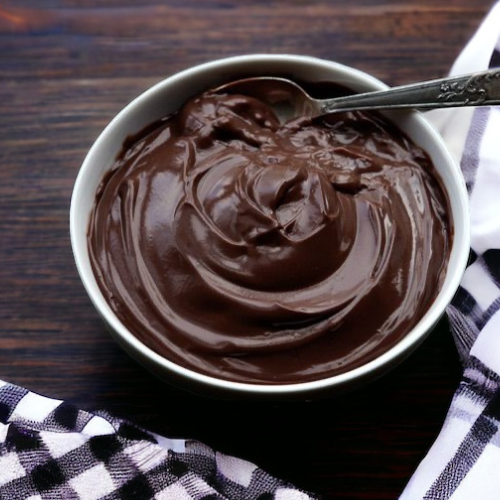How To Dye Easter Eggs Naturally
Easter is a time of celebration and tradition, and one of the most beloved customs is the art of Easter egg dyeing. This year, why not take a leaf out of nature’s book and use plants, spices, and tea to create a palette of stunning, naturally dyed Easter eggs? It’s an eco-friendly approach that adds a unique twist to your Easter festivities. Here’s how you can do it:
Gather Your Materials
Before you start, you’ll need to gather a few supplies:
- White or Brown Eggs: White eggs will display the colors more vibrantly, but brown eggs can provide a richer, deeper hue.
- Natural Dye Materials: Choose from a variety of plants, spices, and teas. Common options include red cabbage, beets, turmeric, onion skins, blueberries, and black tea.
- Large Pots: You’ll need separate pots for each color you plan to make.
- White Vinegar: This acts as a mordant to help the colors adhere to the eggshells.
- Water: Enough to cover the eggs by at least an inch in the pot.
- Slotted Spoon: For carefully placing and removing eggs from the hot dye.
- Empty Egg Carton or Wire Rack: To dry the dyed eggs.
Preparing the Eggs
Start by hard-boiling your eggs. Once they’re cooked and cooled, gently pat them dry. The smoother the surface, the more evenly the dye will take.
Making the Natural Dyes
- Chop or Crush: For vegetables and fruits, chop them into chunks to expose more surface area. For spices like turmeric, a few tablespoons will suffice.
- Boil the Ingredients: Place your natural dye materials in separate pots, add water (enough to cover the eggs), and bring to a boil. Reduce the heat and let them simmer for 15-30 minutes until the water is deeply colored.
- Strain and Add Vinegar: Strain the dye into bowls or jars, removing all solid pieces. For every cup of dye liquid, add one tablespoon of white vinegar. The vinegar is crucial as it helps the dye bond with the eggshell.
- Cool the Dye: Let the dye cool to room temperature before dyeing your eggs.
Dyeing the Eggs
- Submerge the Eggs: Once the dye is cool, submerge the eggs completely in the dye. For a more intense color, ensure the eggs are fully covered and let them soak for a longer period, even overnight in the refrigerator.
- Experiment with Effects: For a marbled effect, add a tablespoon of olive oil to the dye bath. For patterns, wrap the eggs in rubber bands before dyeing.
- Dry the Eggs: Carefully remove the eggs with a slotted spoon and set them on an empty egg carton or wire rack to dry. Avoid rubbing them, as the dye can smudge.
Color Guide
Here are some ingredients you can use for different colors:
- Pink: Beets or cranberry juice
- Blue: Red cabbage or blueberries
- Yellow: Turmeric or lemon peels
- Orange: Yellow onion skins
- Green: Spinach leaves
- Brown: Coffee or black tea
Tips for Best Results
- Patience is Key: Natural dyes often take longer to impart their color than commercial dyes, so give them time.
- Layer Colors: Start with a lighter color, then layer darker dyes on top for more complex hues.
- Keep it Safe: Use separate utensils for dyeing if you plan to eat the eggs later.
- Embrace Imperfections: Natural dyes can result in unexpected patterns and shades, which is part of their charm.
By using plants, spices, and tea, you can achieve a beautiful range of colors for your Easter eggs while keeping the process environmentally friendly and safe for kids to participate in. Plus, it’s a wonderful way to teach children about the colors that can be created from nature. So this Easter, celebrate with a basket full of naturally dyed eggs that are sure to be the talk of your springtime gathering!







